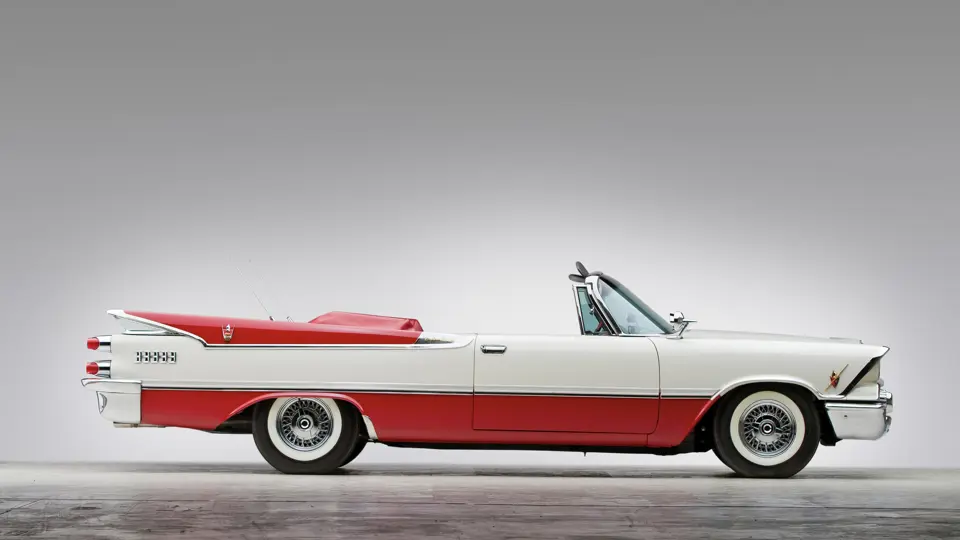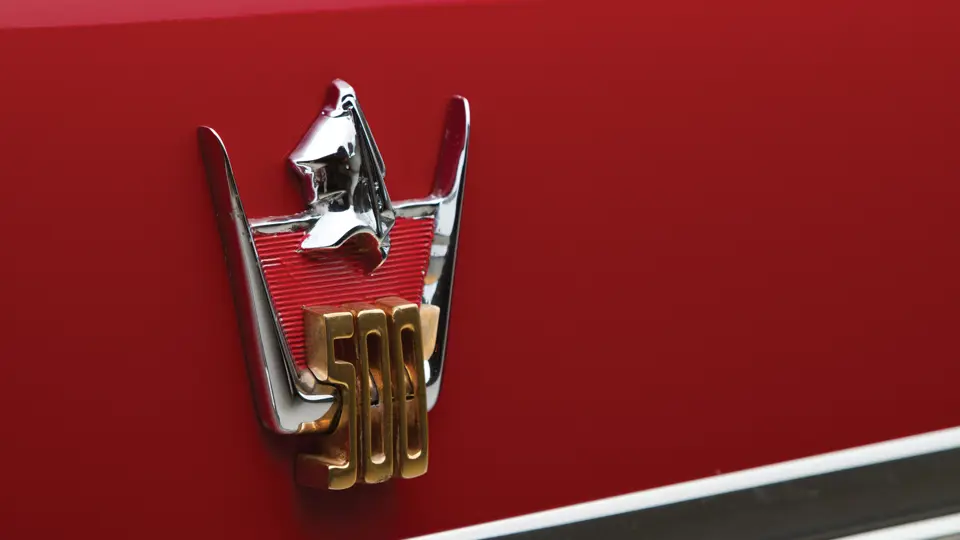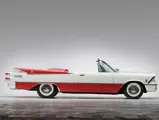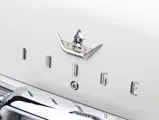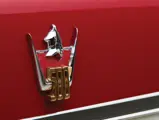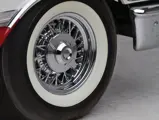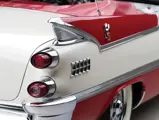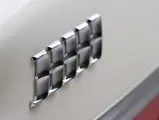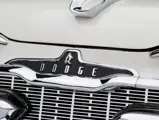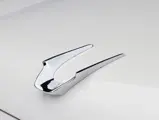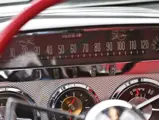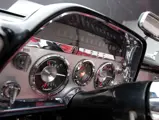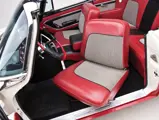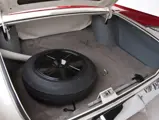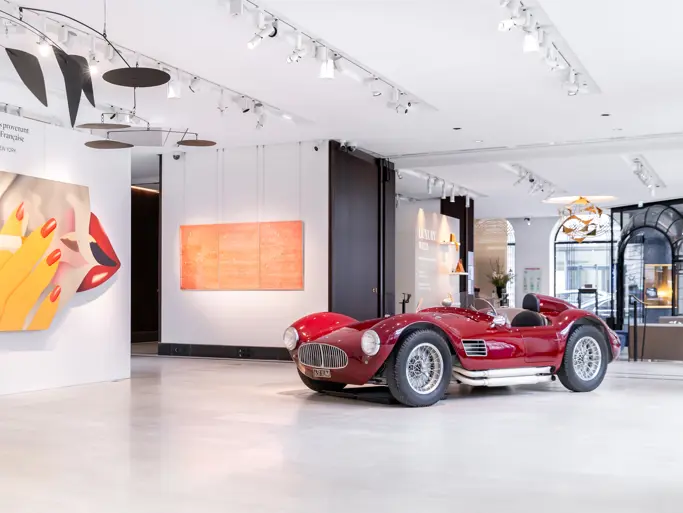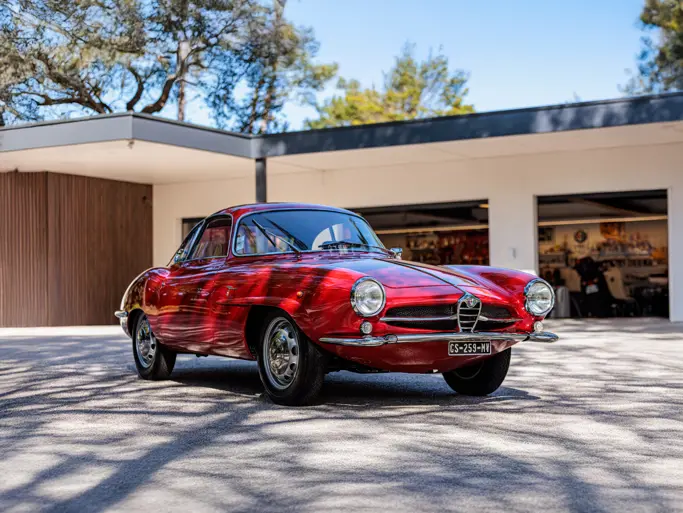A rare, low production example in outstanding, overall condition
Model MD3-H. 345 bhp, 383 cu. in. OHV V-8 engine, three-speed Torqueflite automatic transmission, torsion bar independent front suspension, live rear axle with semi-elliptic leaf springs, and four-wheel hydraulic drum brakes. Wheelbase: 126.0 in.
Chrysler Corporation entered the 1957 model year with the mantra, “Suddenly it’s 1960.” Suddenly it seemed like it was. All five lines of cars had tall, iconic fins, giving them a wedge-shaped profile. General Motors’ spies saw the new cars over the fence and immediately redesigned their 1959 line; they were that far behind.
Dodge was unique among the 1957 Chrysler with the treatments of the fins. Rather than use the simple wedge profile, their stylists perched separate, triangular fins atop rounded rear fenders. By giving the fins chrome outlines, they had created the perfect device for innovative two-tone schemes, then de rigeur for American cars.
The industry was largely locked into three-year styling cycles. As a result, each successive year had to embellish on the “pure” intro-year design, until, in the fourth year, it was time for a fresh approach. Thus, the 1958 Dodges got a mild makeover, mostly in the grille; although, cars now received true quad headlights, the legal strictures having been swept away. For 1959, changes became a bit more significant. The fins were given a longer sweep at the rear, while a new “full mouth” grille was added to the front. The cars looked much longer, but it was largely illusory. The 122-inch wheelbase stayed the same, but overall, the cars were longer by five inches, the station wagons excepted. By year’s end, though, the 1959 Dodge was not up to date for 1960. It looked very much like 1959. Dodge sales were up over recession year 1958, but they still reached only two-thirds the volume of 1957. Fortunately, Chrysler had an all-new slate of unitary bodies ready for the new year. When it really was 1960, Dodge was back on track, selling more than 400,000 cars, a new record, albeit aided in part by the new Dart, a low-priced, Plymouth-sized model.
The 1957–1959 Dodges had not stood still mechanically. The new torsion bar, independent front suspension was continued, as was the excellent Torqueflite three-speed automatic. Engines had increased in size, and most significantly in 1958, the new wedge powerplants had moved into what had been strictly Hemi territory. The wedge engines were of 350 and 361 cubic inch displacement. They year 1959 brought the corporate 383 CID wedge, which would reign for more than a decade.
Since 1956, Dodge had offered a set of D-500 models. In the beginning, these had heavier suspension and more powerful engines, but over time, the package became more of an engine option. For 1958, it had been a 361, developing 305 brake horsepower with a single four-barrel, or a 320 with two. The D-500 of 1959 became a 383, good for 320 brake horsepower with a single carb, the companion Super D-500 making 345 with two Carter carbs.
A major advance in passenger comfort and convenience, the swivel seat debuted for 1959. Replacing the traditional bench front seat was a split arrangement, with two semi-buckets at the outer edges and a small center section that acted like a console. As the doors opened, the outer seats could be pivoted outward, so that one could sit down and swivel into the forward-facing position without having to step and slide. At $70.95, the option seemed like a bargain and became briefly popular, although it was offered for only a couple of years.
This 1959 Custom Royal Convertible has the Super D-500 383 engine with dual Carter carbs. The transmission is Chrysler’s sturdy three-speed Torqueflite. It is equipped with power steering, power brakes, and an AM radio with dual rear-mounted antennas. It also has swivel seats, upholstered in a tri-color vinyl-cloth combination of red, white, and black. Formerly in the Wayne Davis Collection, it has been restored in Poppy and Pearl, as Dodge called its red and white colors. With excellent contours and paint, it has just the slightest scratches on some of the brightwork. A black canvas convertible top is fitted with a red boot cover that matches the upholstery.
The engine compartment is clean and well detailed with chrome valve covers and an air cleaner, although not overdone. The undercarriage is clean and serviceable but not extensively detailed. Medium-width whitewall tires are mounted on Kelsey-Hayes chrome wire wheels with spinner caps.
Just 984 Custom Royal Convertibles were produced in 1959, the number with Super D-500 power being far fewer. A superb example of Dodge’s prestige performance convertible, this car is just the thing to complete a collection of rare Mopars.






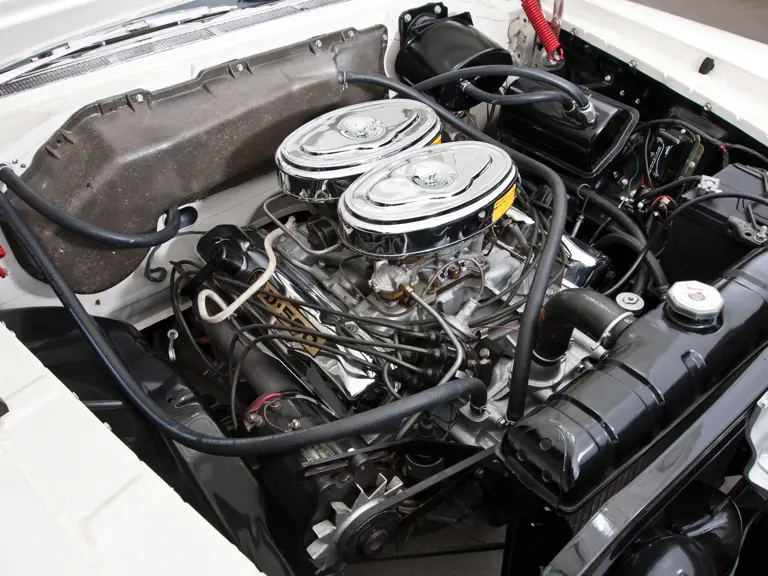



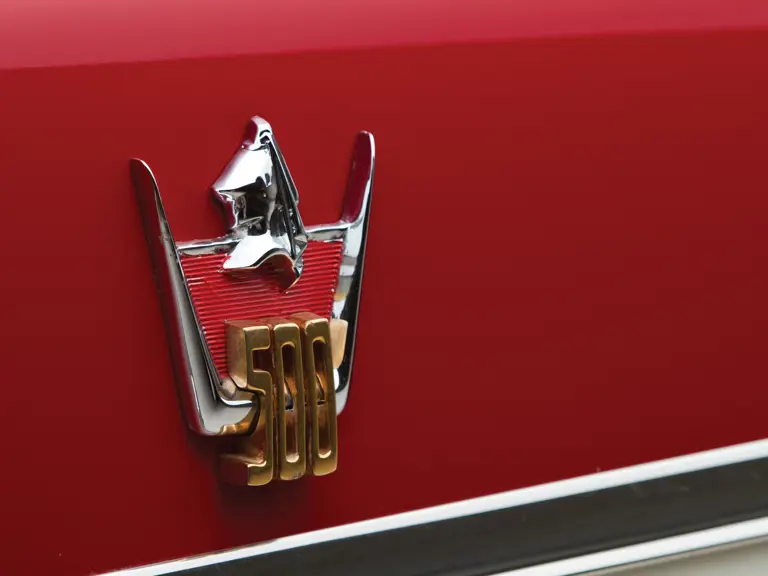
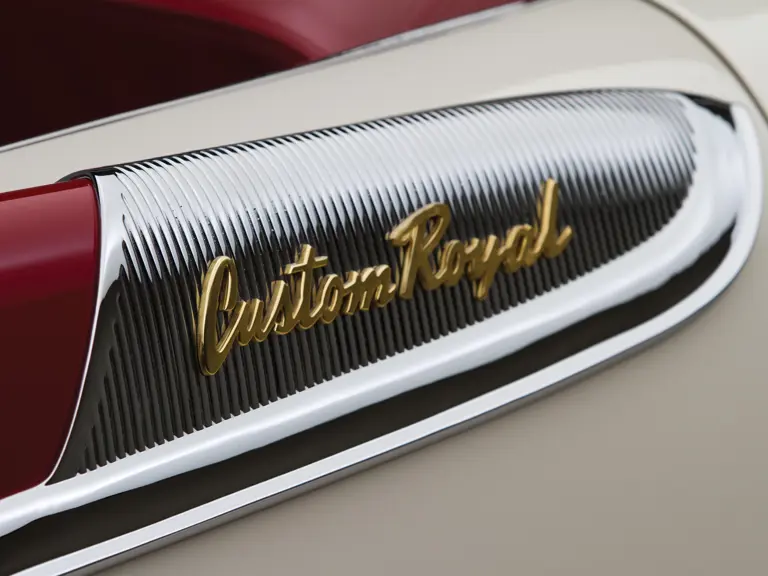
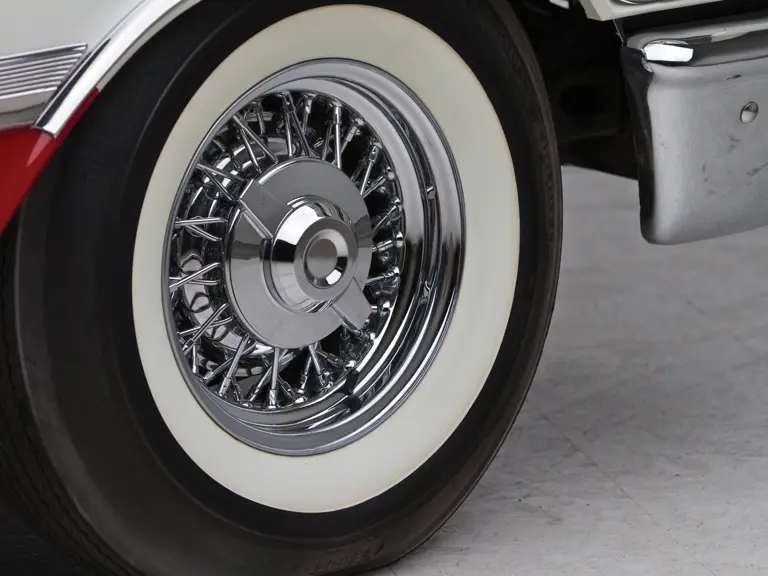

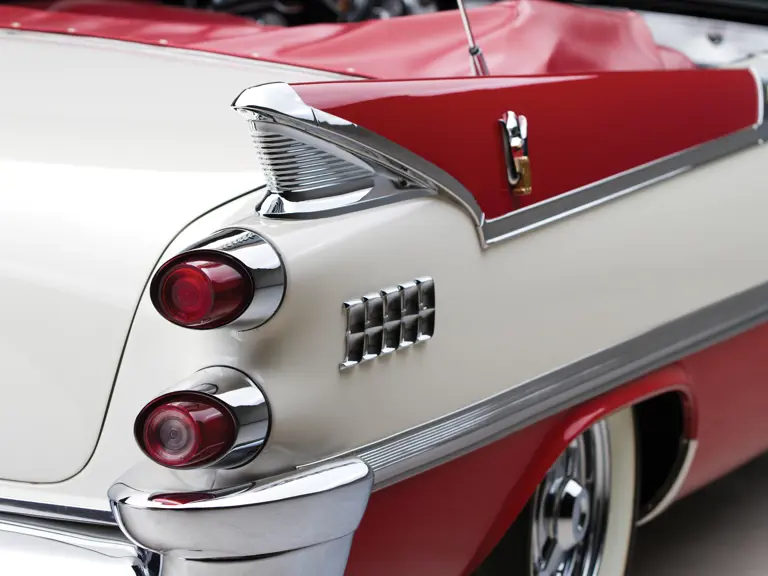

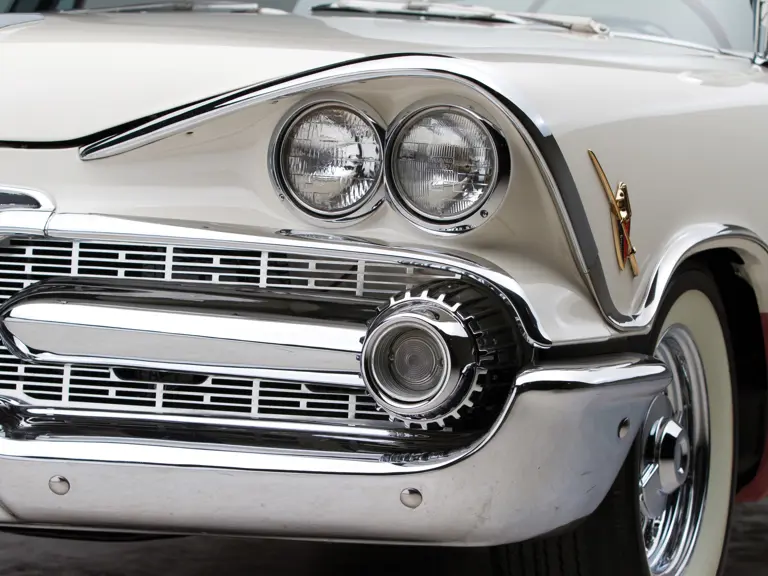


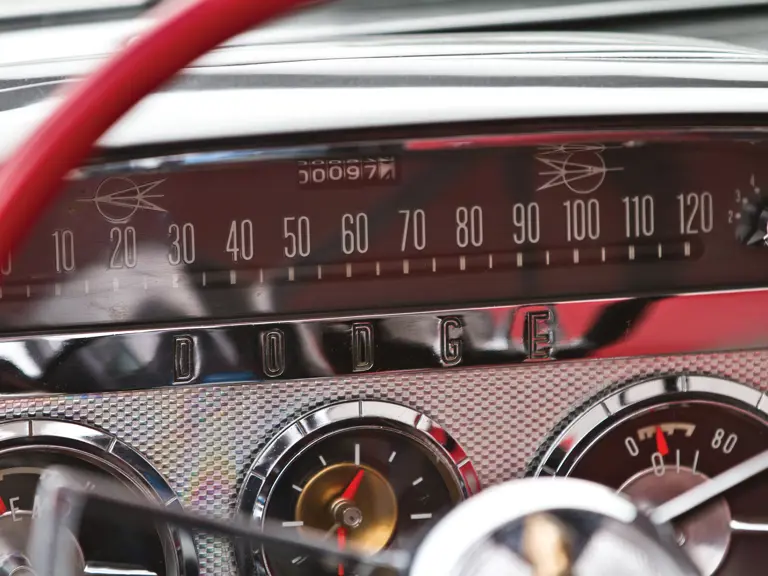

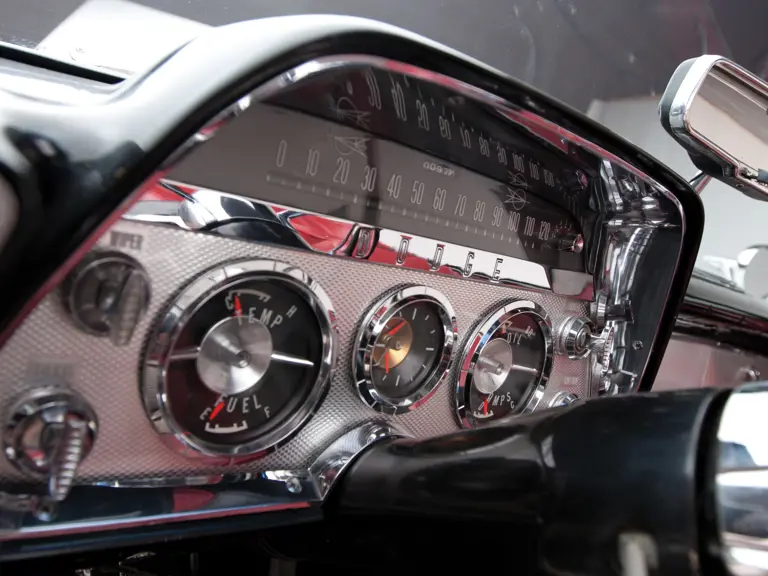
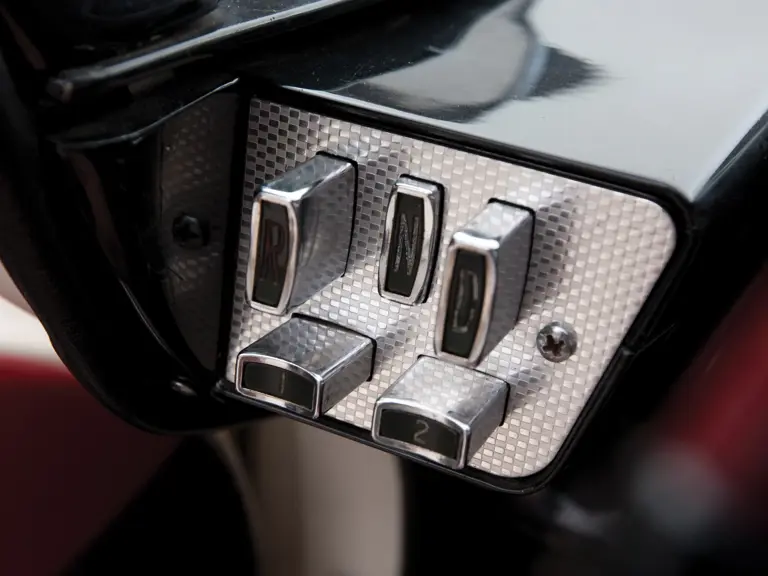

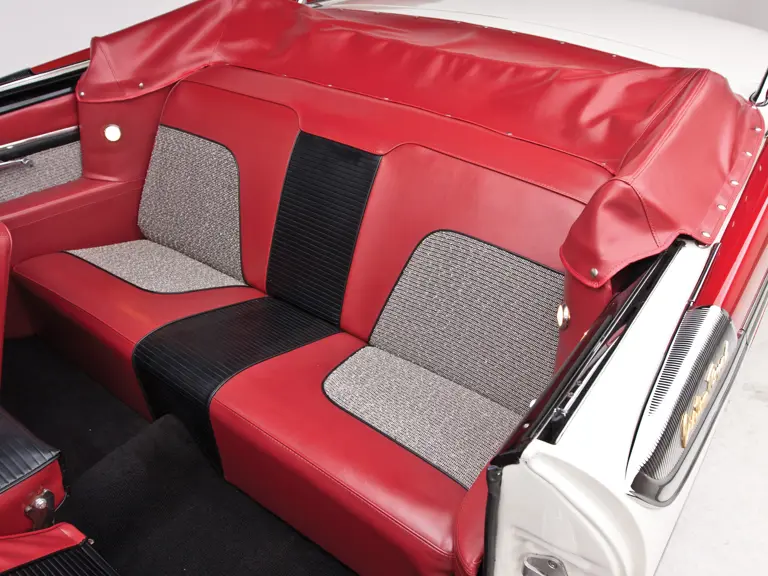
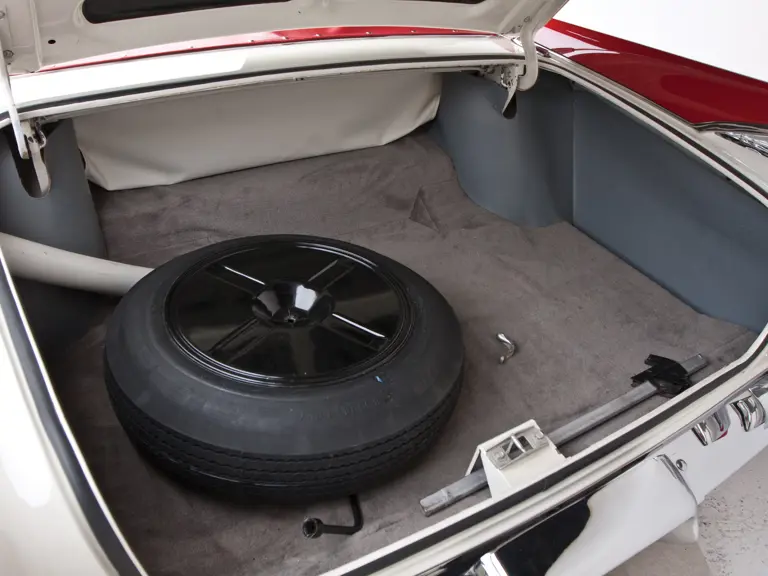
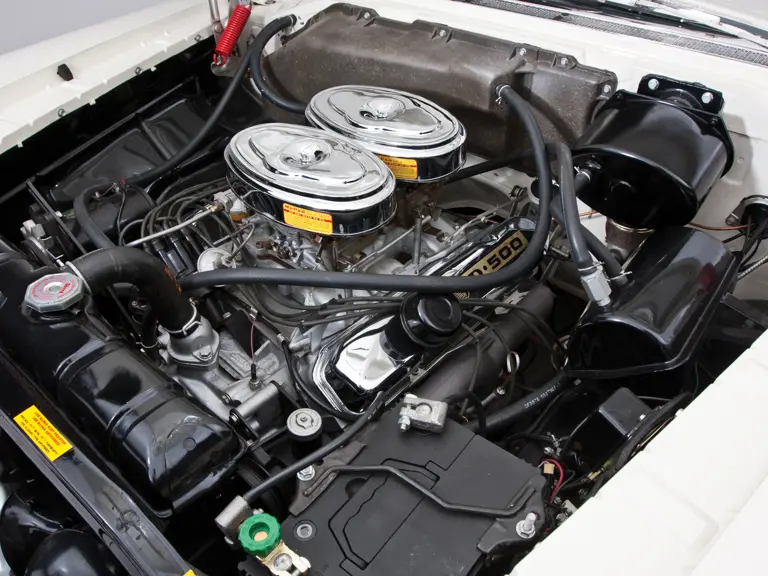

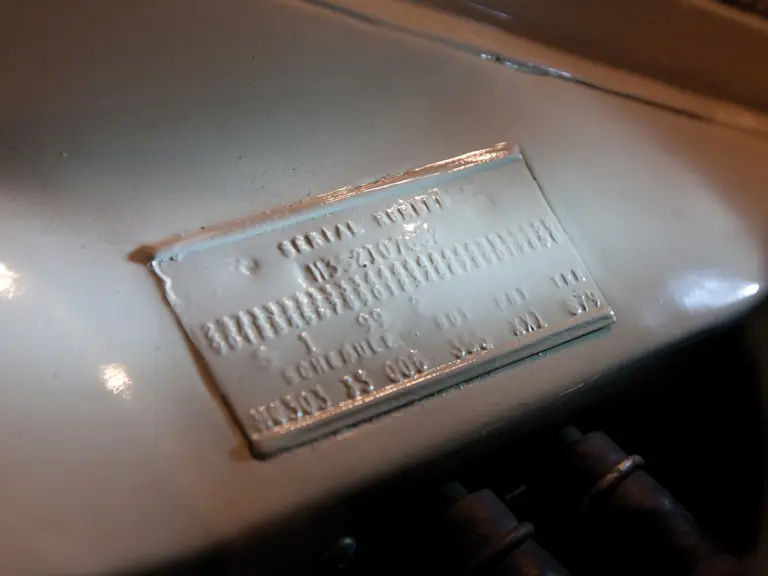

 | North Palm Beach, Florida
| North Palm Beach, Florida
